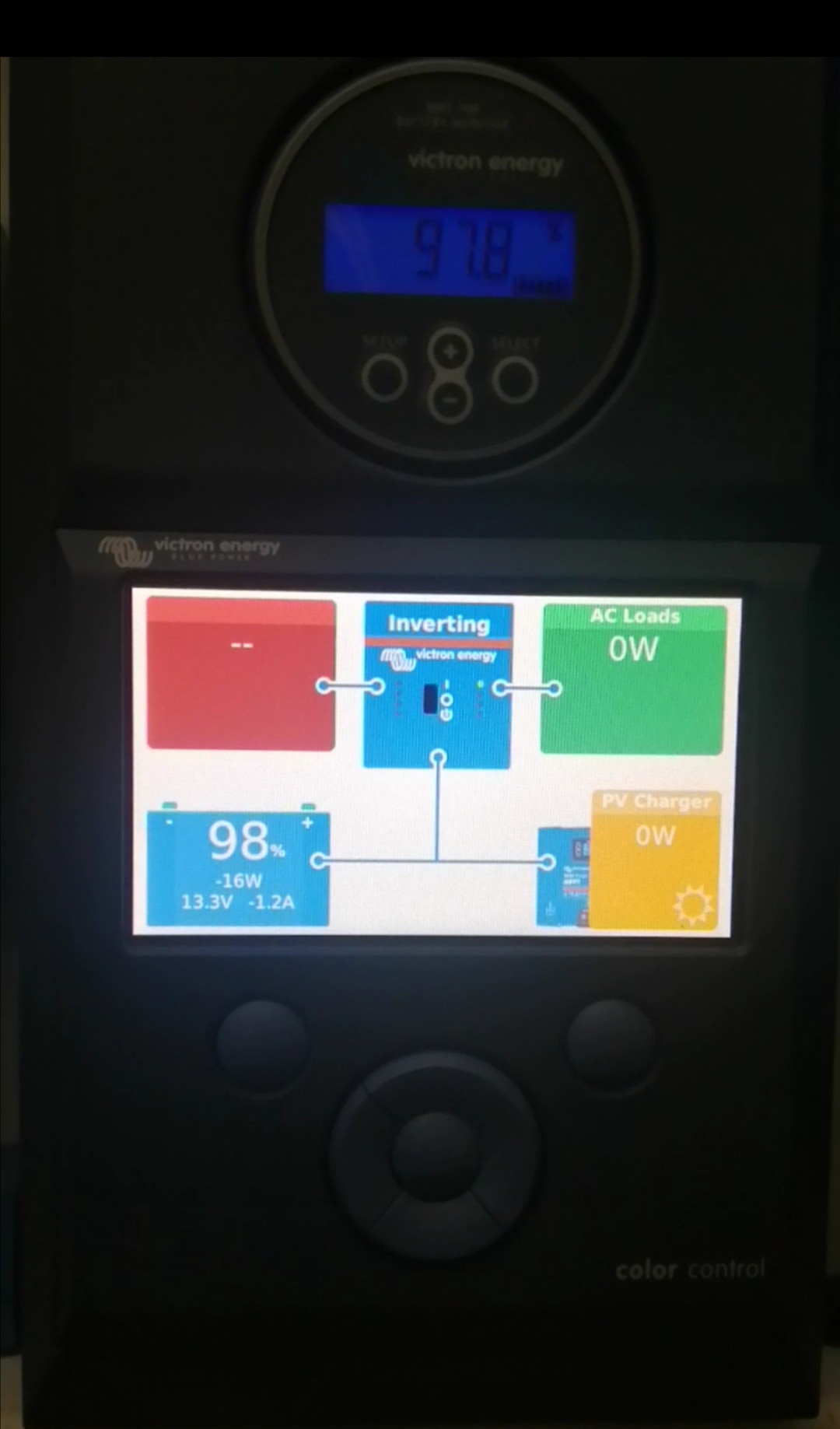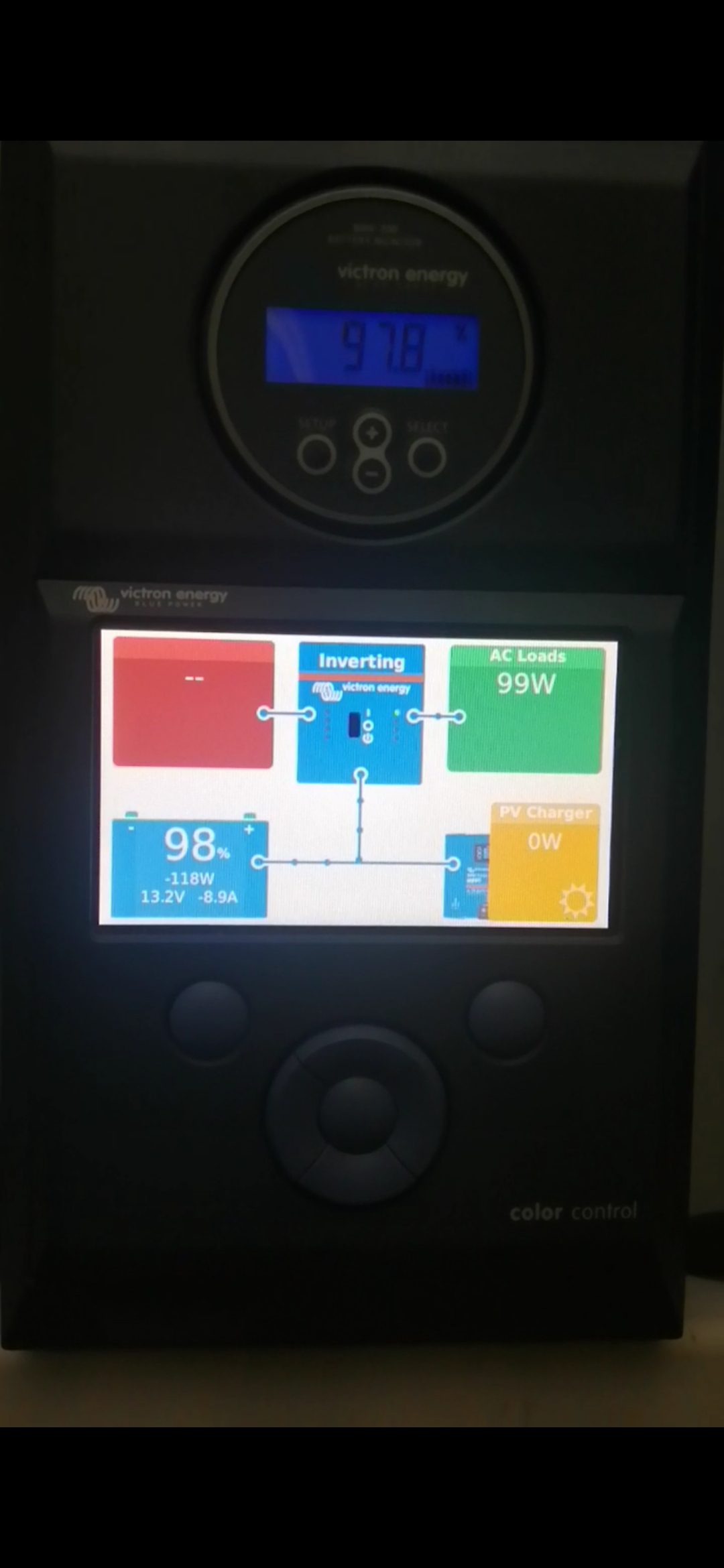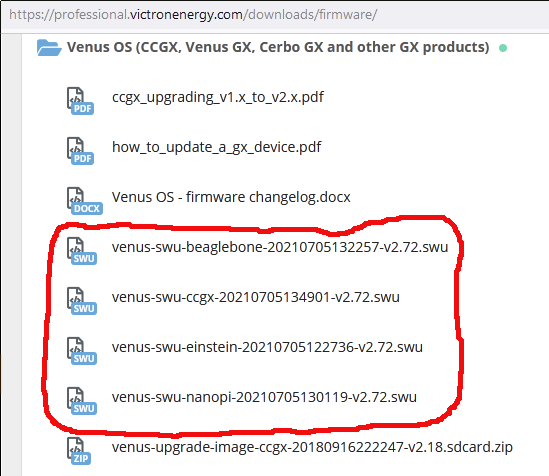SUMMARY: very innacurate VA values (33% less than the real value). How to improve?
I finally pulled the trigger and bought a Victron Phoenix Smart Inverter, exact model 12/2000 and with AC output of 230V. It has been automatically updated to the latest firmware version (v1.25) by the VictronConnect app, the first time I connected to it. I have installed it following the manual directions, and I specifically grounded it to my installation's ground (in my case, my vehicle chassis ground point). It's being fed by a single (so far, during the tests) Pylontech RV12100 12V 100 Ah battery, connected over the recommended 70mm2 battery cables with ~1m each.
I'm having some issues, which is kinda disappointing given Victron's price (about 50% more than the equivalent/comparable EPEver/EPSolar IP-Plus). I will post these issues in separate questions so as not to confuse the subjects.
Here in this post, I will specifically ask re: its VA precision: with a purely resistive load (ie, a 60W incandescent lightbulb with a power factor of exactly 1.00), I measure (using both my Uni-T UT210E DMM and a Poniee PN2000 Electricity Usage Monitor (both of which I have strong reason to believe are very precise), they both register 54W being drawn by the load; the VictronConnect app shows only 36VA (ie, about 33% or 1/3 less).
As the power factor is exactly 1.000 (as measured by the PN2000, and also as expected from a pure resistive load like the aforementioned incandescent lightbulb), the VA value shown by Victron should be exactly the same as the watts value shown by the DMM and the electricity monitor.
I believe the Victron inverter is under-reporting the VA value; as its voltage measurements were very precise (less than 1% difference when compared to the other two instruments), I understand this means its current (ie, A / ampere) measurements are way off.
This is very worrying, as not only I was counting on these VA measurements to be able to follow up on my electricity usage, but also because I understand its measured current values are used by the inverter itself for a series of other things (among them the ECO mode wake/sleep loads, and the Dynamic Cutoff value -- the latter of which I'm also having issues with, coincidence or not -- please see my next post).
Yesterday I went to the local Victron representative where I bought my inverter, and they were very helpful; they weren't aware of the issue, but they immediately pulled a brand new inverter of the exact same model from their inventory and together we were able to almost exactly reproduce the issue with it, with the only difference being that new inverter showed 39VA instead of 36VA (in the exact same test conditions). We also did a quick test (as it was getting late) with a much heavier resistive load (an air heater drawing about 800W/VA) and the VA measurement seemed to be much more precise, even if not exact either.
So, what is the expected accuracy of a Victron Phoenix Smart Inverter VA measurement? Is there any way to improve it (better grounding, parameter configuration, different firmware version, etc), specially with light loads?
Thanks in advance to anyone who can help.
EDIT: please see my posts regarding other issues I'm having with those inverters here:
Post #1: This very one.
Post #2: Phoenix Smart Inverter: issues with Dynamic cutoff
Post #3: Phoenix Smart Inverter: very little data being reported in the app



